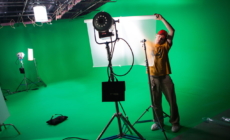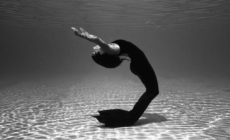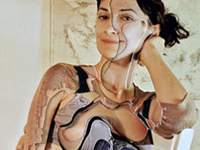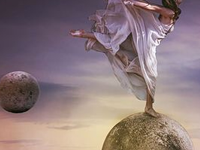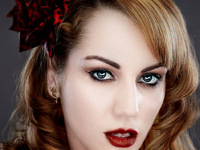-
Cool Picture Effects - September 4, 2018
-
Portrait Photography Tips That’ll Add a WOW Factor to Your Photos - September 3, 2018
-
Photography Tips for Taking Awesome Pics on Your Digital Camera - September 2, 2018
-
Fashion Photographer Salary - September 1, 2018
-
How to Set Up a Quick DIY Photo Booth in No Time - August 31, 2018
-
Do Not Miss These Tips for Shooting Stunning Black and White Photos - August 30, 2018
-
Epic Senior Picture Ideas That’ll Help You Cherish Your Memories - August 29, 2018
-
Incredibly Creative Poses for Family Photos - August 28, 2018
-
Get the Perfect Snap of Your Newborn With These Photography Ideas - August 27, 2018
-
Newborn Photography Poses That Capture the Special Moment Perfectly - August 26, 2018
How Photoshop Training Stretches Creativity
For creative professionals, Photoshop training never ends: Martin Scorsese’s film biography of Howard Hughes, The Aviator, used over 400 shots created with Adobe After Effects and Adobe Photoshop CS. The man behind the effects was Oscar-winning visual effects supervisor Rob Legato, previously known for his work in Titanic and Apollo 13. Although some of the visual effects in The Aviator have changed very little since Hughes himself used them to film Hell’s Angels, the majority of effects for The Aviator were created by Legato and a team of artists using high-end computer graphics tools like Adobe Photoshop on Mac and PC-based systems. “What’s revolutionary is that one person can do all these things,” says Legato.
On-the-job “Photoshop training” produced spectacular results in The Aviator. Desktop systems allowed artists like Legato to stretch their creativity to limits they would not have dreamed of only a few years ago. High-end software programs like Adobe Photoshop are changing the way films are made. Traditionally, visual effects artists have not worked on a film shoot as part of the main unit; the main unit shoots a scene, leaving a space for the effects. Instead of relying on an expensive special effects studio-and working as part of the main unit-Legato was able to do the effects himself on a desktop system. Director Scorsese was able to give his feedback right away, and Legato could quickly make any required modifications.
By using Adobe After Effects, Legato could show Scorsese what a scene would look like before it was filmed. This allowed the visual effects team to produce what is essentially an animated storyboard; the director could visualize a scene before shooting it-and before committing studio resources and live actors to film it.
Photoshop’s color-timing techniques allowed visual effects artists to achieve remarkable on-screen results in The Aviator. Scorsese wanted colors in The Aviator to reflect the look of movies from the periods portrayed in the film. For action set in the 1920s and 1930s, Scorsese used Photoshop to create the visual texture of Technicolor’s two-color technique. For the period after 1937, Scorsese used Photoshop to create Technicolor’s three-color transfer system.
Legato was able to emulate Technicolor processes from early periods by scanning black and white still photos, and using Photoshop CS to overlay magenta, yellow, and cyan filters on the stills. This is the most amazing thing about Photoshop-it is so powerful, and it can do so much, that even the people at Adobe are often surprised by the new applications that users in cutting-edge industries find for the software. As Legato points out, “The software can be used in ways never imagined by the people who invented it.”
Martin Scorsese has never been known as an artistic director, and much less as an innovator in the field of visual effects. But as Legato says, Scorsese got on-the-job Photoshop training: “Pretty soon, he was asking us to change the color of a dress here or to remove a shadow there.”





